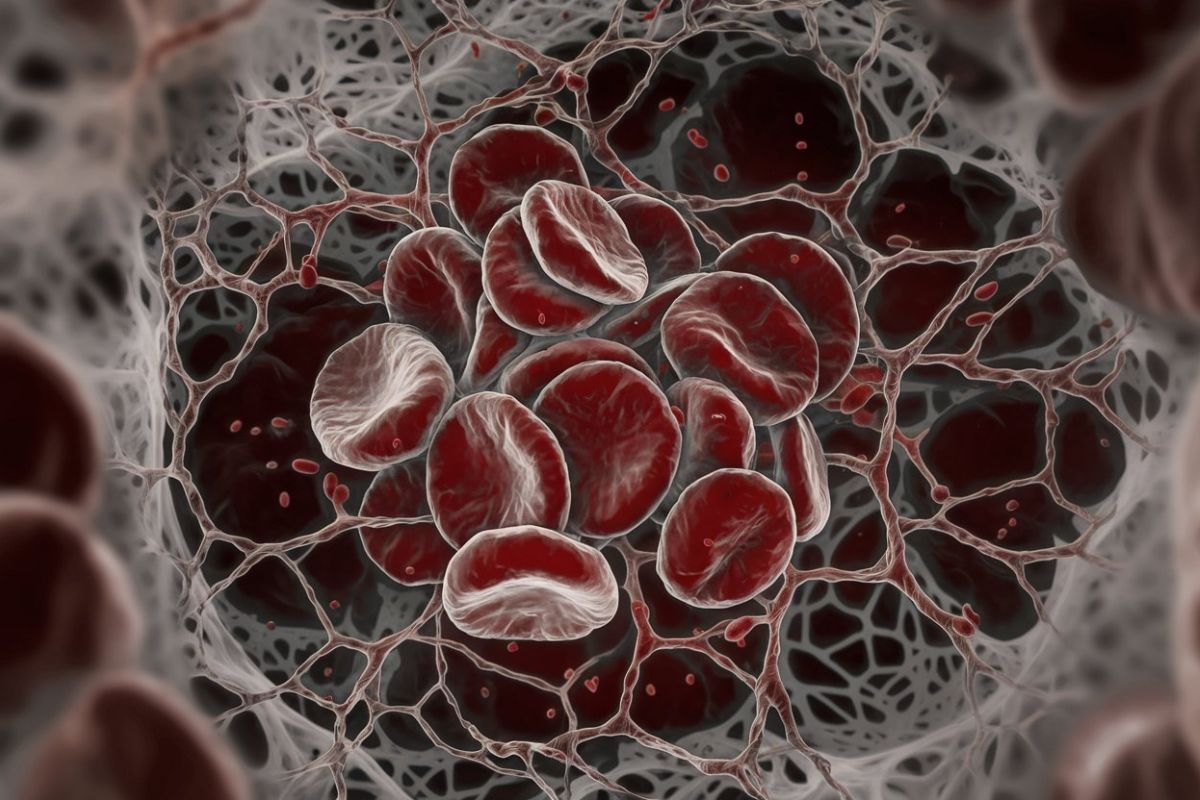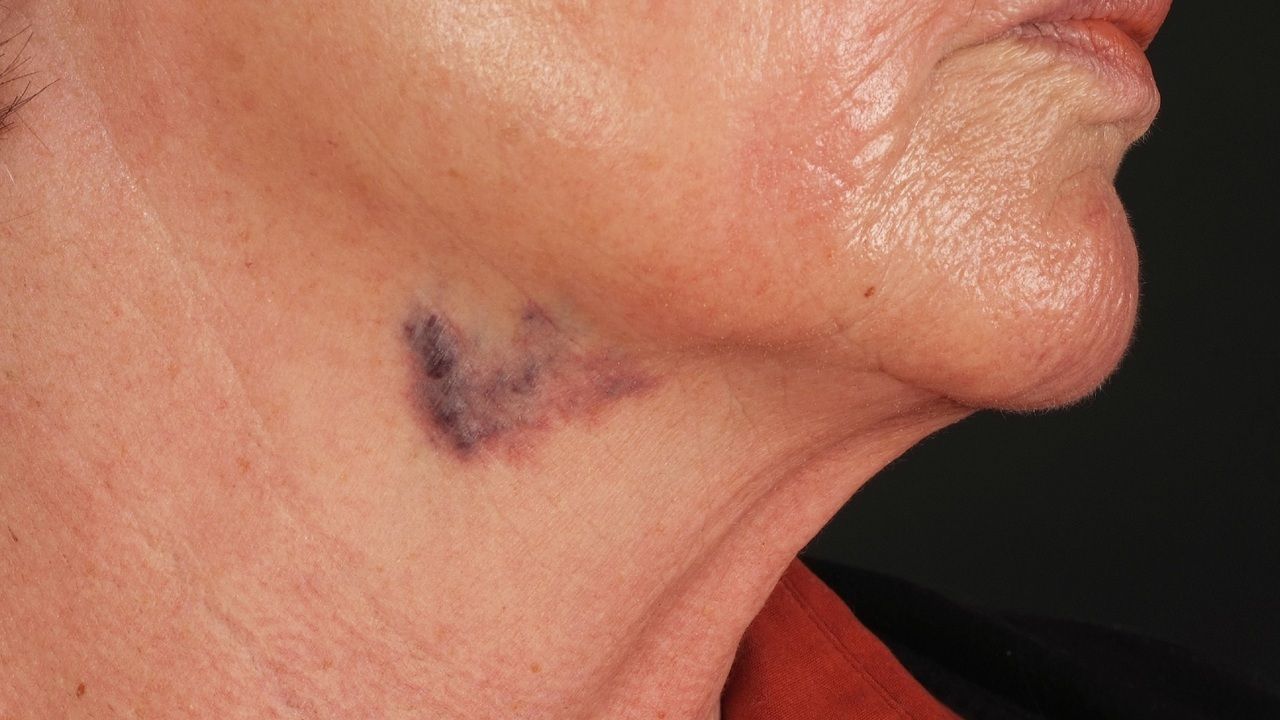
What is Melkersson-Rosenthal Syndrome? It's a rare neurological disorder marked by three main symptoms: recurring facial paralysis, swelling of the face and lips, and a fissured tongue. Affecting individuals of all ages, it often begins in childhood or early adolescence. Though uncommon, with an incidence of about 8 per 10,000 people, it can severely impact quality of life. The exact cause remains unknown, but genetic factors and chronic inflammation are believed to play roles. Treatment focuses on symptom relief, often involving corticosteroids and sometimes surgery. Early diagnosis is crucial for effective management and improved outcomes.
Key Takeaways:
- Melkersson-Rosenthal Syndrome is a rare neurological disorder with facial paralysis, swelling, and tongue fissures. Early recognition and specialist consultation are crucial for effective management.
- Understanding the symptoms, diagnostic criteria, and treatment options for Melkersson-Rosenthal Syndrome is essential for timely diagnosis and effective management.
What is Melkersson-Rosenthal Syndrome?
Melkersson-Rosenthal Syndrome (MRS) is a rare neurological disorder that can significantly impact daily life. Understanding its characteristics and symptoms is crucial for managing the condition effectively.
-
Definition and Characteristics: MRS is marked by recurring facial paralysis, swelling of the face and lips, and a fissured tongue. These symptoms form a triad that defines the syndrome.
-
Incidence: The syndrome affects about 8 in 10,000 people, making it quite rare. This low incidence highlights the need for awareness and early diagnosis.
-
Age of Onset: Symptoms can appear at any age but are most common between 25 and 40 years. Cases have been reported in children as young as 22 months.
-
Sex Predominance: Women are more likely to be affected, with a ratio of about 2:1 compared to men.
Recognizing the Symptoms
Identifying the symptoms early can help in managing MRS more effectively. Here are the primary symptoms to look out for:
-
Oro-facial Edema: This involves recurring swelling of the face, especially the lips, which can become hard and cracked.
-
Facial Nerve Palsy: Episodes of facial paralysis can vary from mild to severe, affecting one or both sides of the face.
-
Furrowing/Fissuring of the Tongue (Lingua Plicata): The tongue develops deep grooves or folds, often referred to as a scrotal tongue.
Diagnostic Criteria and Pathophysiology
Understanding how MRS is diagnosed and its underlying mechanisms can provide insights into its management.
-
Diagnostic Criteria: A clinical diagnosis requires two or more of the triad symptoms: oro-facial edema, facial nerve palsy, and a fissured tongue.
-
Pathophysiology: The exact cause is unknown, but it involves chronic granulomatous inflammation affecting mucocutaneous tissues and orofacial nerves.
-
Genetic Predisposition: There may be a genetic component, as suggested by familial cases and specific genetic markers.
Associated Conditions and Clinical Features
MRS can be linked to other health issues and has distinct clinical features that aid in diagnosis.
-
Association with Other Conditions: MRS has been linked to Crohn's disease and sarcoidosis, indicating a complex nature.
-
Symmetrical Upper Lip Edema: Swelling is often symmetrical and firm, a characteristic feature of MRS.
-
Macroglossia: Swelling of the tongue can lead to difficulties in speech and eating.
-
Deep Fissures on the Tongue: These grooves can be painful and affect oral function.
Histopathological Findings and Treatment Options
Histopathological examination and treatment strategies are crucial for managing MRS effectively.
-
Histopathological Findings: Examination reveals perivascular mononuclear inflammatory infiltration, fibrosis, and increased neurovascular branching.
-
Noncaseating Granulomas: These granulomas and multinucleated Langhans giant cells are characteristic of MRS.
-
Treatment: Treatment focuses on reducing swelling and alleviating symptoms. Common options include corticosteroids, intralesional triamcinolone acetonide, and betamethasone.
-
Antibiotics and Immunomodulators: These may be used to manage inflammation and prevent infections.
-
Surgery: In some cases, surgery may be recommended to relieve pressure on facial nerves and reduce swollen tissue.
Additional Management Strategies
Beyond medication and surgery, other strategies can help manage MRS symptoms.
-
Massage and Electrical Stimulation: These therapies may improve facial function and reduce swelling.
-
Clinical Trials: Participating in clinical trials can help improve care and potentially find better treatments.
-
Resources for Information: Organizations like the National Organization for Rare Disorders (NORD) and Genetic and Rare Diseases Information Center (GARD) provide valuable information.
Challenges in Diagnosis and Treatment
MRS presents unique challenges in both diagnosis and treatment, requiring a comprehensive approach.
-
Diagnostic Delay: Diagnosis can take several years, emphasizing the need for early recognition.
-
Oligosymptomatic and Monosymptomatic Forms: Some individuals may only exhibit one or two symptoms, complicating diagnosis.
-
Chronic Intermittent Course: Symptoms often recur over time, necessitating ongoing management.
-
Role of Histopathology: Histopathological examination is crucial for confirming the diagnosis.
-
Immune Response: The immune response involves a predominance of T-cells, with CD4+ cells being the most prevalent.
-
Surgical Intervention: Surgery may be necessary but its effectiveness varies.
Importance of Specialist Consultation
Consulting specialists can provide more accurate diagnosis and effective treatment plans.
-
Oral Medicine Specialist: These specialists can perform biopsies and provide targeted treatment.
-
Incisional Biopsy: This procedure can confirm the presence of granulomatous inflammation.
-
PAS, PAS-D, and Ziehl Neelsen Stains: These stains help identify granulomas and other inflammatory changes.
-
Immunohistochemical Studies: These studies reveal the predominance of T-cells and the presence of B-cells in granulomas.
Allergic Components and Serological Findings
Allergic reactions and serological findings can provide additional clues in diagnosing MRS.
-
Common Regional Aeroallergens: Skin prick tests may be positive, suggesting an allergic component.
-
Patch Test: This test may be negative, indicating that MRS is not solely an allergic reaction.
-
Serological Findings: Typically normal, indicating no association with systemic autoimmune disorders.
Genetic and Familial Factors
Genetic predisposition and familial aggregation play a role in MRS.
-
Familial Aggregation: Observed in some cases, suggesting a genetic link.
-
De Novo Autosomal Translocation: The t(9;21)(p11;p11) translocation has been associated with MRS.
Infections and Autoimmune Associations
MRS can be linked to infections and autoimmune disorders, adding complexity to its diagnosis and treatment.
-
Association with Infections: Though the exact mechanism is unclear, infections have been linked to MRS.
-
Autoimmune Disorders: There is an association, but MRS is not classified as a primary autoimmune disease.
-
Chronic Granulomatous Inflammation: This underlying process affects mucocutaneous tissues and orofacial innervation, leading to the characteristic symptoms of MRS.
Final Thoughts on Melkersson-Rosenthal Syndrome
Melkersson-Rosenthal Syndrome (MRS) is a rare neurological disorder that can significantly impact one's quality of life. Characterized by recurrent facial swelling, facial paralysis, and a fissured tongue, MRS often presents challenges in diagnosis and treatment. Early recognition is key to managing symptoms effectively. Treatments like corticosteroids, antibiotics, and even surgery can help alleviate symptoms, though their effectiveness varies. Understanding the genetic predisposition and associations with other conditions like Crohn's disease and sarcoidosis can aid in comprehensive care. Despite its rarity, awareness and early intervention can make a big difference for those affected. For more information, resources like the National Organization for Rare Disorders (NORD) and the Genetic and Rare Diseases Information Center (GARD) can provide valuable support. Stay informed and proactive in managing this complex condition.
Frequently Asked Questions
Was this page helpful?
Our commitment to delivering trustworthy and engaging content is at the heart of what we do. Each fact on our site is contributed by real users like you, bringing a wealth of diverse insights and information. To ensure the highest standards of accuracy and reliability, our dedicated editors meticulously review each submission. This process guarantees that the facts we share are not only fascinating but also credible. Trust in our commitment to quality and authenticity as you explore and learn with us.


